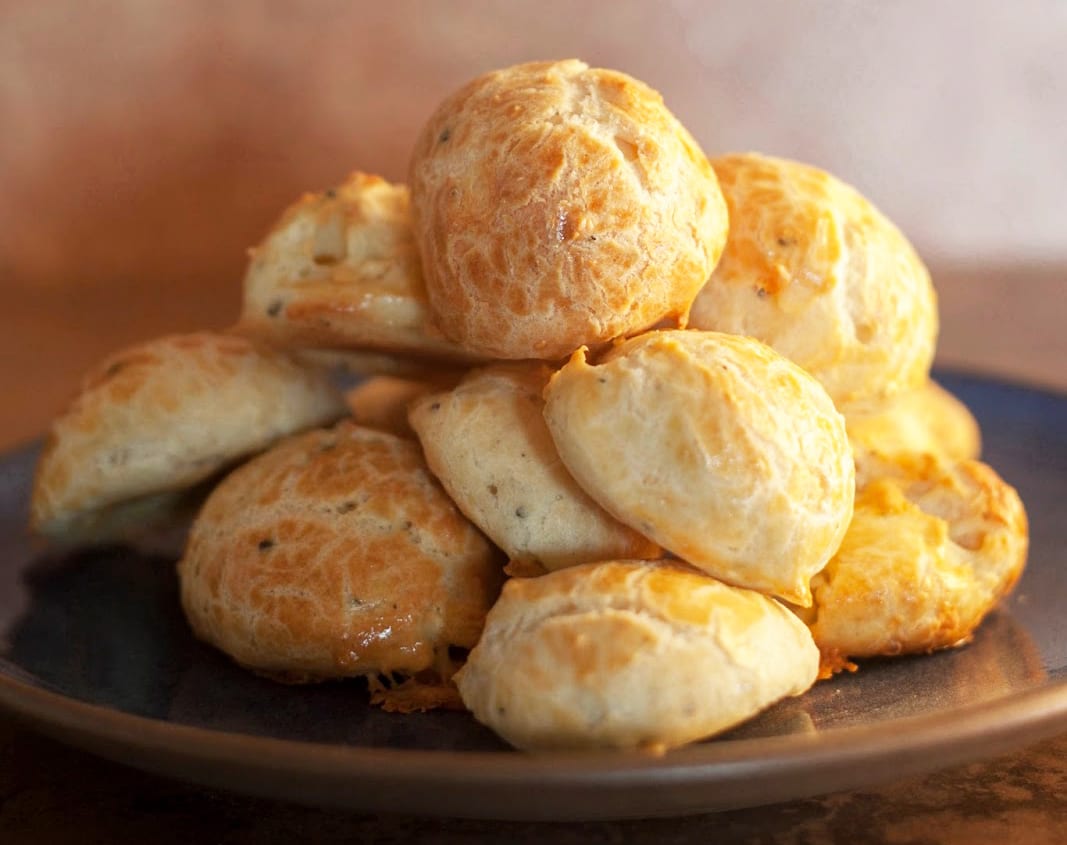Called torta al testo, torta meaning pizza or bread, and testo referring to the heavy iron pan the bread is cooked on, this is one of Umbria’s favorite food traditions.
By Kathy Bechtel

You can find torta al testo stuffed with just about every combination of vegetables, cheeses and meat you can imagine. You’ll find it on tables and in restaurants throughout Umbria, but hiding under different names – we’ll see it as pizza al testo, near Gubbio it is crescia, on the Tuscan border it is ciaccia, further south near Terni, pizza sotto il fuoco or pizza sotto lu fucu (under the fire).
This ancient dish is believed to date back to the Etruscans, early settlers of Umbria and Tuscany, predating the Romans. Then unleavened, this was a mixture of flour and water, and cooked over hot coals on a disc made of river pebbles and clay, very similar to a flour tortilla in Central American.
Today, a testo can be purchased at an Umbrian market. A modern testo is made from iron or iron and aluminum, and is meant to be used on a stovetop. A cast iron pan would be a great substitute, and I use a non-stick skillet which works just fine too. Most modern recipes for torta al testo include some sort of leavening agent, such as yeast. It makes a great antipasto, stuffed with Umbrian favorites like prosciutto, pecorino, and drizzled with Umbria’s famed olive oil.
During summer months, Umbrians love their food festivals, or sagra. These are food festivals that celebrate a single favorite dish, or local product. You will find torta al testo at many a sagra, but the towns of Sant’Egidio and Montefranco love their torta so much that they devote an entire sagra to it!
The torta al testo can be served as a flatbread to accompany a meal, or stuffed with just about anything you can think of. My recipe below uses a fairly common stuffing of cheese, sausage and sautéed greens. The bread itself does not keep well, so should be used as soon as possible after cooking. You can make the dough a day in advance, and let it rise in the refrigerator – this long rise would even improve the flavor. Have the fillings ready to go, and you can whip up your stuffed torta al testo in about 15 minutes.
PrintSausage and Ricotta Torta al Testo
- Total Time: 2 hours 20 mins
- Yield: 8 1x
Description
Called torta al testo, torta meaning pizza or bread, and testo referring to the heavy iron pan the bread is cooked on, this is one of Umbria’s favorite food traditions.
Ingredients
- 1 1/2 tsp. active dry yeast
- 3/4 cups warm water (110°F)
- 1 1/2 cups all-purpose flour, plus more for kneading
- 2 tsp. kosher salt
- 7 tbsp. extra-virgin olive oil, plus more for drizzling
- 1 small bunch kale, chopped
- 1/2 head radicchio, chiffonade (substitute any greens you wish)
- 2 cloves garlic, minced
- 1?2 tsp. crushed red chile flakes
- 1?2 lbs. pork sausage meat
- 3/4 cups fresh ricotta cheese
- Kosher salt and freshly ground black pepper, to taste
- About 20 or so thin slices of grana or parmesan cheese – use a vegetable peeler to slice pieces off of a large brick.
Instructions
- In a small bowl, stir together the yeast warm water. Let sit until foamy, about 10 minutes. If the mixture does not become foamy, the yeast is expired and you should start again using fresh yeast.
- Add the 2 tsp. kosher salt and 2 tablespoons of the olive oil to the yeast mixture. Add the flour, and stir until a dough forms. Transfer dough to a lightly floured surface, and knead for 6-10 minutes, adding flour when necessary to keep the dough from sticking, but keeping it as moist as possible.
- Form dough into a ball; transfer to a large oiled bowl. Cover bowl with plastic wrap; let dough rise until doubled in size, about 1 1?2 hours.
- Punch the dough down; divide in half. Lightly flour one piece of dough and, using a rolling pin, roll into a 10″ circle. Place the disk on a floured baking sheet. Repeat with remaining dough.
- Heat 1 tablespoon olive oil in a 12″ skillet or cast iron pan over medium-high heat. Add the sausage meat and cook until browned, about 5 minutes. Transfer to a small bowl.
- Heat 1 more tablespoon olive oil in the pan, Add the kale and radicchio, and sauté until soft, about 4-5 minutes. Add the garlic and chile flakes, cook 1 more minute; transfer to plate.
- Wipe down the pan. Add 1 tablespoon of the olive oil (not necessary if you are using a well-seasoned cast iron pan). Place one of the dough circles in the pan, and cook until golden brown, about 5 minutes. Flip once, cooking until browned. Transfer to a sheet pan.
- Add 1 more tablespoon of the oil, and cook the second dough disk.
- Slice each flat bread in half horizontally to create two rounds. Place the two bottom slices on a sheet pan, and spread half of the ricotta cheese on each. Season with salt and pepper. Arrange the kale and sausages on top of the ricotta, then the slices of grana. Drizzle with a little oil, and top with other half. Cut sandwiches into 8 wedges and serve.
- Prep Time: 2 hours
- Cook Time: 20 mins
- Category: Main




















